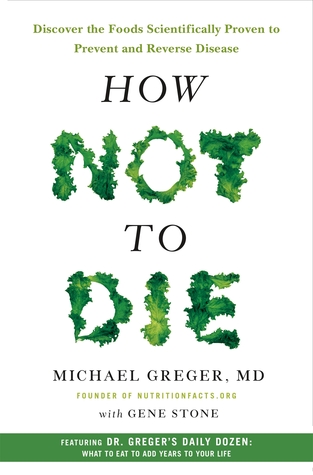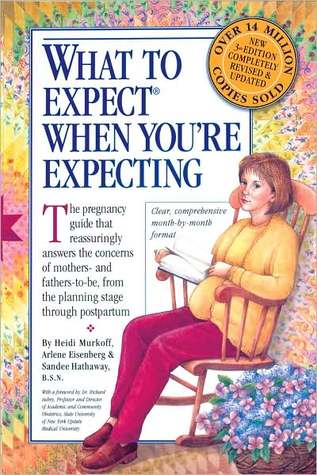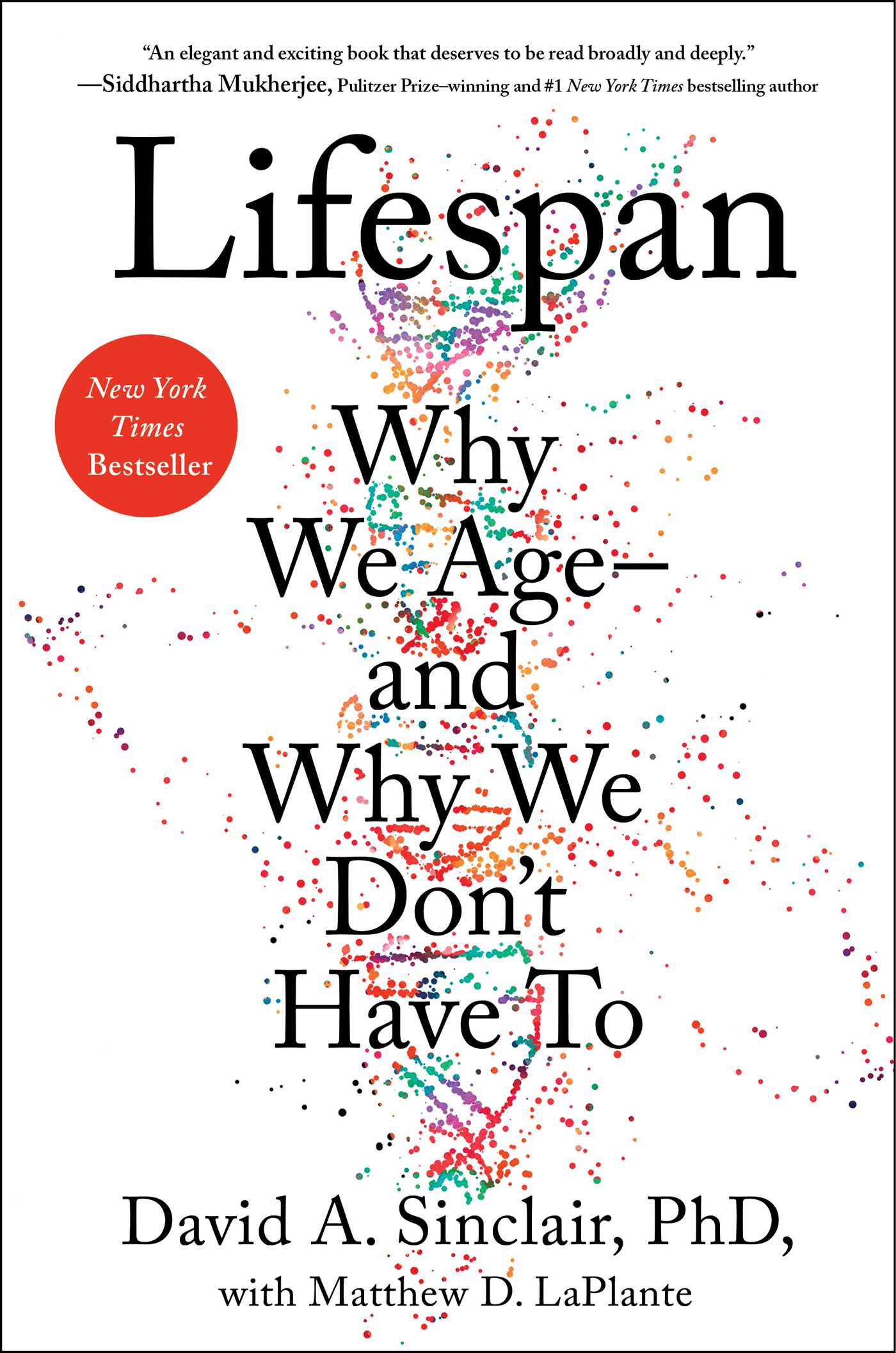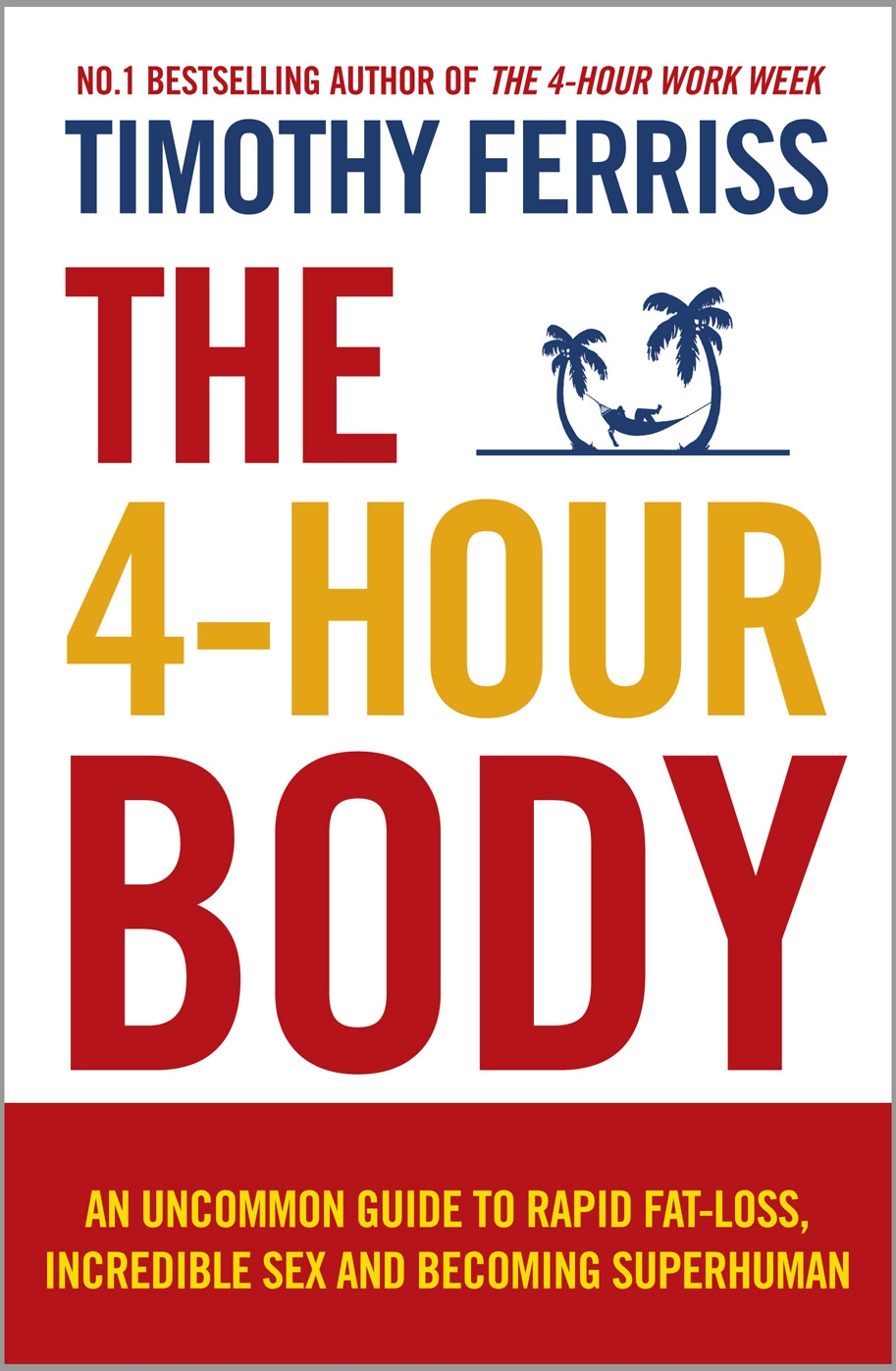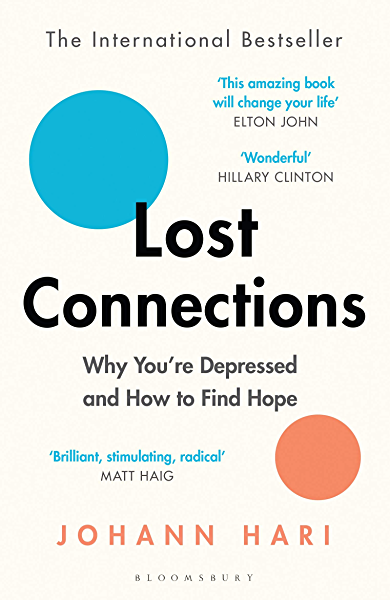The Body
by Bill Bryson
- Health
- Ashto =
- Jonesy =
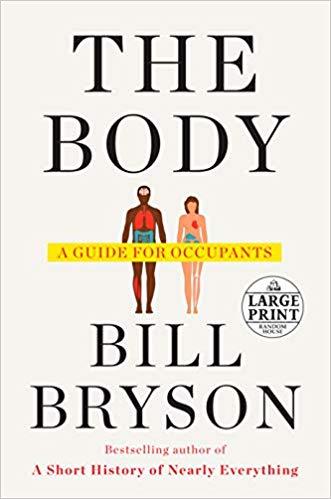
The Body – A Guide for Occupants
If you bought the raw costs of chemicals of The Body of a human being, it could be up to about 200,000 pounds. But no matter how much you pay and assemble the materials, you are not going to create a human being. All the brainiest people alive now or have ever lived with the complete sum of human knowledge won’t be able to put together a cell.
All together it takes 7 billion, billion, billion atoms to make The Body. No one can say why those atoms have such an urgent desire to be you, they are mindless particles, without a single notion or thought between them. Yet somehow for the length of your existence, they will build and maintain all the countless systems and structures necessary to keep you humming, to make you. To give you form and shape and let you enjoy the rare and supremely agreeable condition known as life.
But your atoms are just building blocks, and are not themselves alive. Where life begins, precisely is not easy to say, but everyone agrees the basic unit of life is a cell. DNA, proteins, RNA, mitochondria and other microscopic arcana, but none themselves are alive. The cell itself is just a compartment – a kind of little room. But somehow when you bring these things together you have life – that is the part that eludes science. What is perhaps most remarkable is nothing is in charge. Each component of the cell responds to signals from the other components
The body is often likened to a machine. But it is much more than that, it works 24 hours a day for decades without for most part, needing regular servicing or the installation of spare parts. It runs on water and a few other organic compounds, is soft and rather lovely, reproduces itself with enthusiasm, feels affection and appreciates the sunset How many machines behave like that?
It is no doubt – you are truly a wonder.
By celebrating existence we eat maximally and exercise minimally. Think of all the junk we put down our throats and how much of life is in a vegetative state in front of a glowing screen. Yet in some kind of miraculous way, your body looks after you, extracts nutrients from miscellaneous food we push into our faces and somehow hold us together. Suicide by lifestyle takes ages
Microbes and The Body
When you take a breath, the nitrogen in the air goes into your lungs and straight back out again, like an absent minded shopper wandering into the wrong store. You are home to trillions and trillions of tiny living things and they do you a surprising amount of good. They provide you with about 10% of your calories by breaking food that you would otherwise make use of.
We know surprisingly little about the microbes in and around us because overwhelmingly they will not grow in a lab, which makes them exceedingly difficult to study. What can be said is that as you sit here now, you are likely to have 40,000 species of microbe calling you home. In terms of individual microbes, the number is beyond imagination. Altogether, your private load of microbes weighs roughly 3 pounds, about the same as your brain, some people describe our microbes as one of our organs.
Almost all of the microbes have nothing in common in terms of their history and genetics, all that unites them is tininess. To all of them you are not a person. You are a wealth of marvellously rich ecosystems with the convenience of mobility thrown in.
Penicillin
The great virtue of penicillin – that it scythes it’s way through all manner of bacteria – is also its elemental weakness. The more we expose microbes to antibiotics, the more opportunity they have to develop resistance. What you are left with after a course of antibiotics , are the most resistant microbes.
Antibiotics are about as nuanced as a hand grenade. They’ll wipe out the good microbes as well as the bad. Most people in the Western world by the time they’ve reached adulthood have received between 5-20 courses of antibiotics. The effects might be cumulative, with each generation passing on fewer microorganisms than the previous one. Some kids recently have been resistant to antibiotics all together, when even taking it for the first time
The day is fast approaching when the bacteria inside us may not be resistant to any of the antibiotics… Then The Body is really in trouble.
From 1950s through 1990s roughly 3 antibiotics have been introduced into the USA every year. The rate of antibiotic withdrawals, because they don’t work anymore or have become obsolete – is twice the rate of new introductions. The obvious consequence of this is that the arsenal of drugs we have to treat bacterial infections has been going down, there is no sign of it stopping.
What makes this much worse is that the great deal of antibiotic use is simply crazy. Almost 3/4 of the 40 million antibiotic prescriptions in the USA are for conditions that can’t be cured by antibiotics. Antibiotics for example are prescribed for 70% of bronchitis cases even though guidelines specifically state they are no use there. Even more appallingly, 80% of antibiotics are fed to farm animals, mostly to fatten them. Fruit growers use antibiotics in their crops.
In consequence most Americans consume 2nd hand antibiotics in their food, even some of the ones labelled as organic. In 1945, at the beginning a typical infection took 40,000 units, today because of increased resistance, it is 20 million units for the same result. On some diseases penicillin has no effect at all. In consequence, the death rate has been climbing and is back to the level of about 40 years ago.
Bacteria really are not to be trifled with. They have not only grown more resistant, but have evolved into a fearful new class of pathogen, with no hint of hyperbole as superbugs.
Something needs to be done. We are looking at a possibility where we can’t do a hip replacement or other routine procedures because the risk of infection is too high. The day when people die once again from a scratch or a rose might not be too far away
Food oh Glorious Food
Problems with dietary studies is that people eat foods that have mixtures of oils, fats, good and bad cholesterol, sugars, salts and chemicals of every description. All mixed together in ways that make it impossible to attribute any particular outcome to one input. Not to mention the other factors that implicate health – exercise, drinking habits, where you carry fat, genetics etc.
One study for example says one who eats a hamburger a day will knock a year off life expectancy. The trouble is, people who eat a lot of hamburgers also tend to do things like smoke, drink or fail to get adequate exercise.
These days the most frequently cited culprit for dietary concern is sugar. It has been linked to a whole lot of diseases, most notably diabetes, and there is no question we have much more than we need. The average American puts down 22 tea-spoons of added sugar a day, for young men it is 40 teaspoons – the world health organisation recommends 5.
It doesn’t take much to go over the limit, a single can of fizzy drink goes over by 50%. Complicating matters is there is also a lot of sugar in good stuff. Your liver doesn’t know whether the sugar comes from an apple or a bar of chocolate; a 500mL bottle of Pepsi has about 13 teaspoons, and no nutritional value at all; 3 apples have the same sugar, but giving you vitamins, minerals and fibre, not to mention the feeling The Body being full.
Modern agriculture
Many of our fruits and vegetables are nutritionally less good for us than they were even in the fairly recent past. The difference between 1950 to today, modern fruits are about 50% poorer in iron than they were in the early 1950s and about 12% down in calcium and 15% in vitamin A. Modern agriculture practices it turns out, focus on high yields and rapid growth at the expense of quality. The US is left in the bizarre and paradoxical situation, that its citizens are essentially the world’s most overfed people, but among the most nutritionally deficient ones.
On the move : Exercise
Study after study has shown that exercise produces extraordinary benefits for The Body:
- Going for regular walks reduces the risk of heart attack or stroke by 31%
- An analysis of 655,000 people in 2012 found that being active for just 11 mins a day after the age of 40 years 1.8 years additional in life expectancy
- Being active for an hour or more a day improved it by 4.2 years
As well as strengthening bones, exercise boosts your immune system, nurtures hormones, lessens the risk of getting diabetes and a number of cancers, improves mood. It is often noted, that there is not a single organ in the body that doesn’t benefit from exercise
If someone invented a pill that could do for us all that a moderate amount of exercise achieves, it would be the most successful drug in history.
What can be said about exercise is that The Body is not getting nearly enough. Only about 20% of people manage even a moderate level of activity. Many get almost none at all. Today the average American walks about 1/3 of a mile a day, that’s all types including within the work place
Today the average woman in the USA weighs as much as the average man in 1960. In that half century, the female is 63.5kg to 75.3kg. The man from 73.5kg to 89kg. The annual cost to the American economy in extra health care for overweight people is 150 billion, more than half of today’s children are expected to be obese by age 35.
Medicine, Good and the Bad for The Body
By one reckoning, life expectancy on Earth improved by as much in the 20th Century as in the whole of the preceding 8000 years. The average life span for an American male went from 46 in 1900 to 74 by 2000
Globally it is a story of success, most countries recording an increase in lifespan of 40-60% in just a generation or two.
But all historic life expectancy figures have been skewed by childhood deaths
- When we read LE was 46 in 1900, that doesn’t mean they got to 46 and just keeled over
- They were short because so many children died in infancy, dragging the average down for everyone
- In 1950 216 children in every 1000 died, nearly a quarter
- Today it is just 38.9 per 1000
The bottom line for credit for improved life spans is that nearly all of us are better able today to resist the contagions and afflictions that commonly sickened our great grandparents, while having massively better medical care to call on when we need it. We have never had it so good.
Nothing in medicine is simple, however, and there is an additional consideration that profoundly contributes to all medical data : over treatment. Most of history the focus of medicine is to make sick people better, but now it is now more about prevention. The modern health care belief is that you can never have too many tests
One in 3 woman with breast cancer receive treatments that may leave them mutilated and shorten their lives unexpectedly. Mammograms are fuzzy things, reading them is challenging
They don’t even save a lot of lives
- For every 1000 women screened, 4 will die of breast cancer anyway
- For every 1000 not screened, 5 will die of breast cancer
Men face similar prospects with prostate screening. The test isn’t entirely trust worthy. Once a tumour is detected, there is no way of knowing if it is aggressive or benign. On the basis of uncertain information, a decision must be made on whether to surgically remove the prostate – a tricky operation with consequences – or treat it with radiation. Between 20-70% of men suffer incontinence or impotence from the treatments – the test is hardly more effective than a coin toss
For every 1000 men screened for prostate cancer, only 1 life is saved. Great news for the individual, but not so good for the men who have to spend the rest of their lives impotent
A study in Australia found 156 common medical practices that are probably unsafe or ineffective.
The End of The Body
In 2011 an interesting milestone in human history was passed. More people died from heart disease, stroke, diabetes than all infectious diseases combined. We live in an age in which we are killed more by lifestyle. We are in effect choosing how we should die, without much reflection or insight
The time we spend in retirement has grown substantially, but the amount of work we do to fund it has not. The average person in 1945 could expect to enjoy only 8 years of retirement before being permanently eliminated by the living. But someone born in 1998 can probably expect perhaps 35 years . But both are funded by 40 years of labour
Most nations haven’t begun to face up to the long-term costs of all these unwell unproductive people who just go on and on.
It happens to us all. Every day, 160,000 people die, 60 million a year. On the other hand, it is 0.7 deaths per 100 people in a year. Compared to animals The Body is awfully good at surviving
Death comes quickly. Almost at once the blood begins to drain from the capillaries near the surface, leading to the ghostly pallor associated with death. The average grave is visited for about 15 years. It takes the decomposition of a sealed body between 5 – 40 years, so most of us take a lot longer to vanish from the Earth than from other’s memories.
And then you are gone…
Get a copy of the book:




